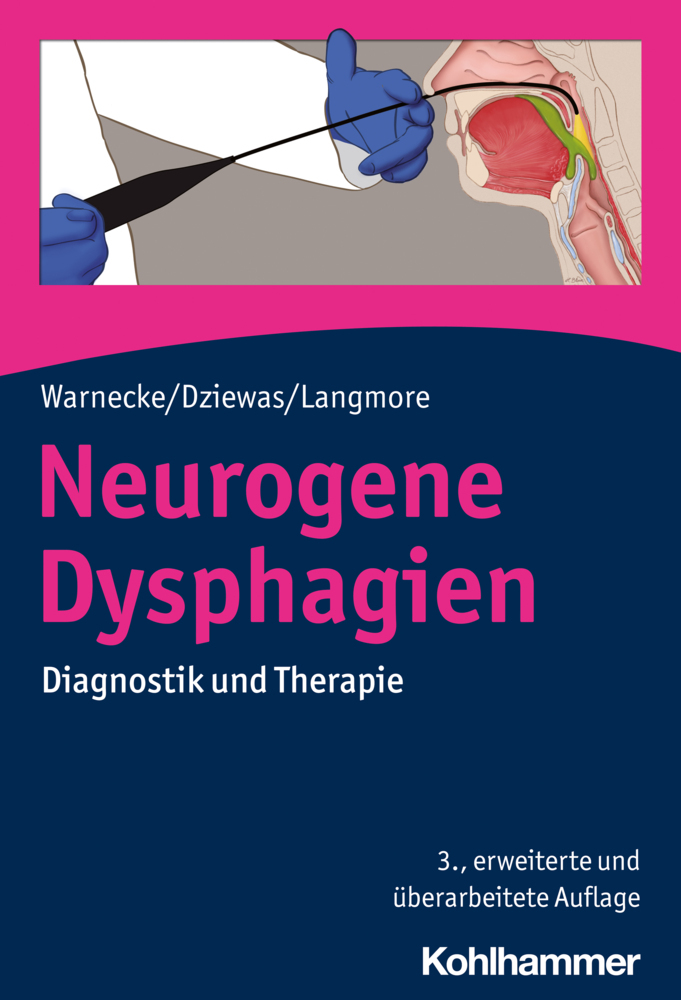Contemporary Psychodynamic Psychotherapy for Children and Adolescents
Contemporary Psychodynamic Psychotherapy for Children and Adolescents
Introduction
Traditional One-Person Psychology
Two-Person Relational Psychology for the Child and Adolescent Psychotherapist
Key Pioneers in Two-Person Relational Psychology
Key Concepts in Two-Person Relational Psychology
Deconstruction of Traditional One-Person Psychology Concepts
The Neurodevelopmental and Neurofunctional basis of Intersubjectivity
Putting it together: The 4 Pillars of the Contemporary Diagnostic Interview
Setting the Frame in Two-Person Relational Psychotherapy
Two-Person Relational Psychotherapy - Infants and Preschool Age Children
Two-Person Relational Psychotherapy Elementary School Age Youth
Two-Person Relational Psychotherapy Middle School Age Youth
Two-Person Relational Psychotherapy -- High School Age Adolescents
Supervision in Two-Person Relational Psychotherapy
Appendix A: Developmental Milestones.-Appendix B: Contemporary Diagnostic Interview Case Formulation Tool.
Delgado, Sergio V.
Strawn, Jeffrey R.
Pedapati, Ernest V.
| ISBN | 9783642405198 |
|---|---|
| Medientyp | Buch |
| Copyrightjahr | 2014 |
| Verlag | Springer, Berlin |
| Umfang | 373 Seiten |
| Sprache | Englisch |











